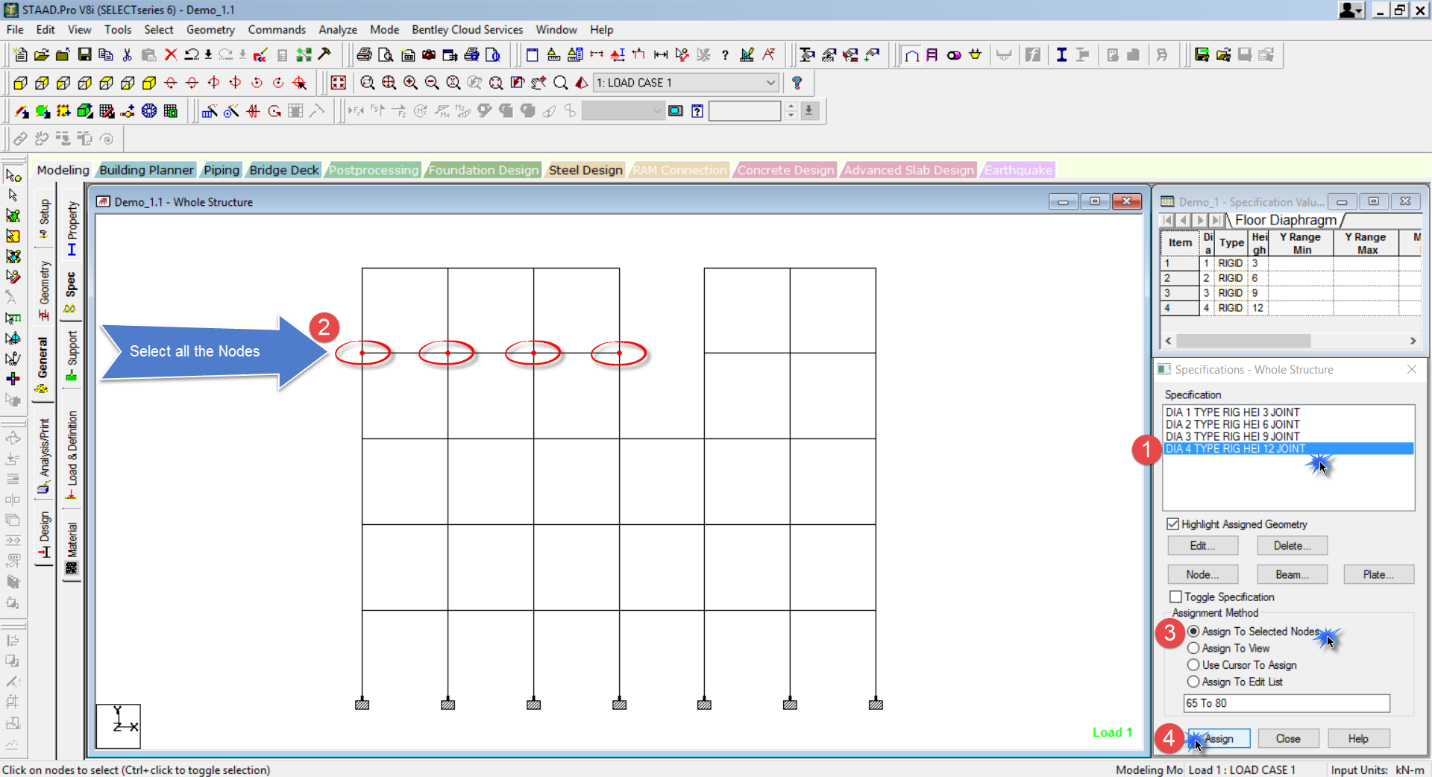Floor Diaphragm Definition

It contracts and flattens when you inhale.
Floor diaphragm definition. Diaphragms are usually constructed of plywood or oriented strand board in timber construction. The diaphragm of a structure often does double duty as the floor system or roof system in a building or the deck of a bridge which simultaneously supports gravity loads. The term diaphragm is usually applied to roofs and floors. The results show that there can be significant flanking due to the structural path through the floor when there is continuous plywood.
You need to review the definition of floor diaphragm and how it acts in the structural system. In fact the calculations indicated that for coupled structures the most important noise path is from the source room into the floor through the diaphragm into the adjacent floor and into the receiving room. A shear wall however is a vertical cantilevered diaphragm. The rigid diaphragm can rotate and it can translate but cannot deform.
Diaphragm is horizontal or nearly horizontal system acting to transmit lateral forces to the vertical resisting elements. A diaphragm is a flat structural unit acting like a deep thin beam. Diaphragm is determined to be more than two times the average deflection of the vertical resistant elements the diaphragms may be considered as being flexible. Metal deck or composite metal deck in steel construction.
If there is such potential you need to provide grade beams ties struts or utilize the sog to prevent restrict such movement but not a diaphragm although the concepts. There are two popular types of diaphragm namely rigid diaphragm and semi rigid diaphragm. Will your footings walk toward away from each other due to lateral load. The diaphragm is a thin skeletal muscle that sits at the base of the chest and separates the abdomen from the chest.
Or a concrete slab in. Diaphragm definition is a body partition of muscle and connective tissue. Of importance is the in plane rigidity of the diaphragm. The term diaphragm includes horizontal bracing systems.
In seismic design rigidity means relative rigidity. A horizontal system roof floor or other membrane or horizontal bracing acting to. These construction systems can be used when designing a building for lateral loads such as those generated by wind or earthquakes.
















